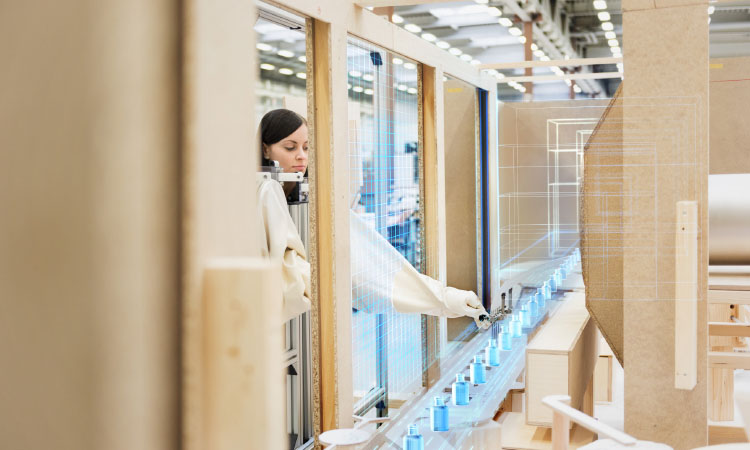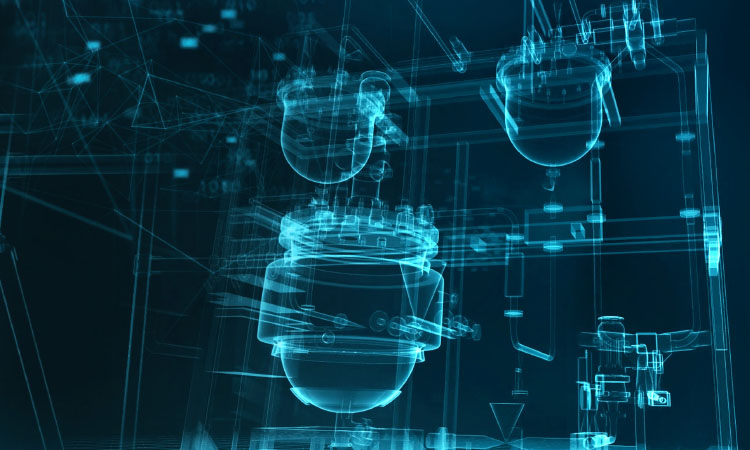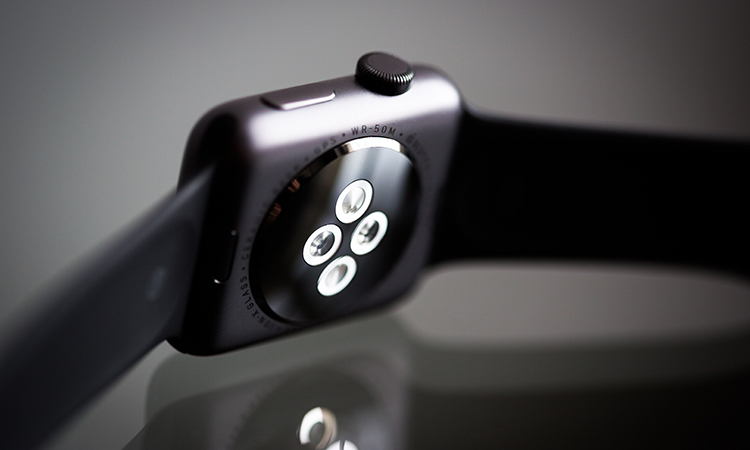How are pharmaceutical companies getting value from their data, both in production and development? What technology is needed to build a 3D model of a plant or equipment so that a process can be pretested or programmed? How do we simulate a complex production line or process so that we can build it quickly and efficiently? The answers to these questions lie in the creation of a virtual world, and, more specifically, the creation of a digital twin (a virtual replica of a physical entity).
Digital twins are widely used in the pharmaceutical world, from the creation and modeling of manufacturing processes to enabling the analysis of how a medicine will work inside the human body. The common factor in these various applications is using software to create a virtual replica and then performing simulations on that model.
In drug development, companies create digital twins to create models and then analyze and predict how a process or material will behave. For example, how will materials react together in a machine or how will a device, such as an inhaler, distribute a drug substance?






